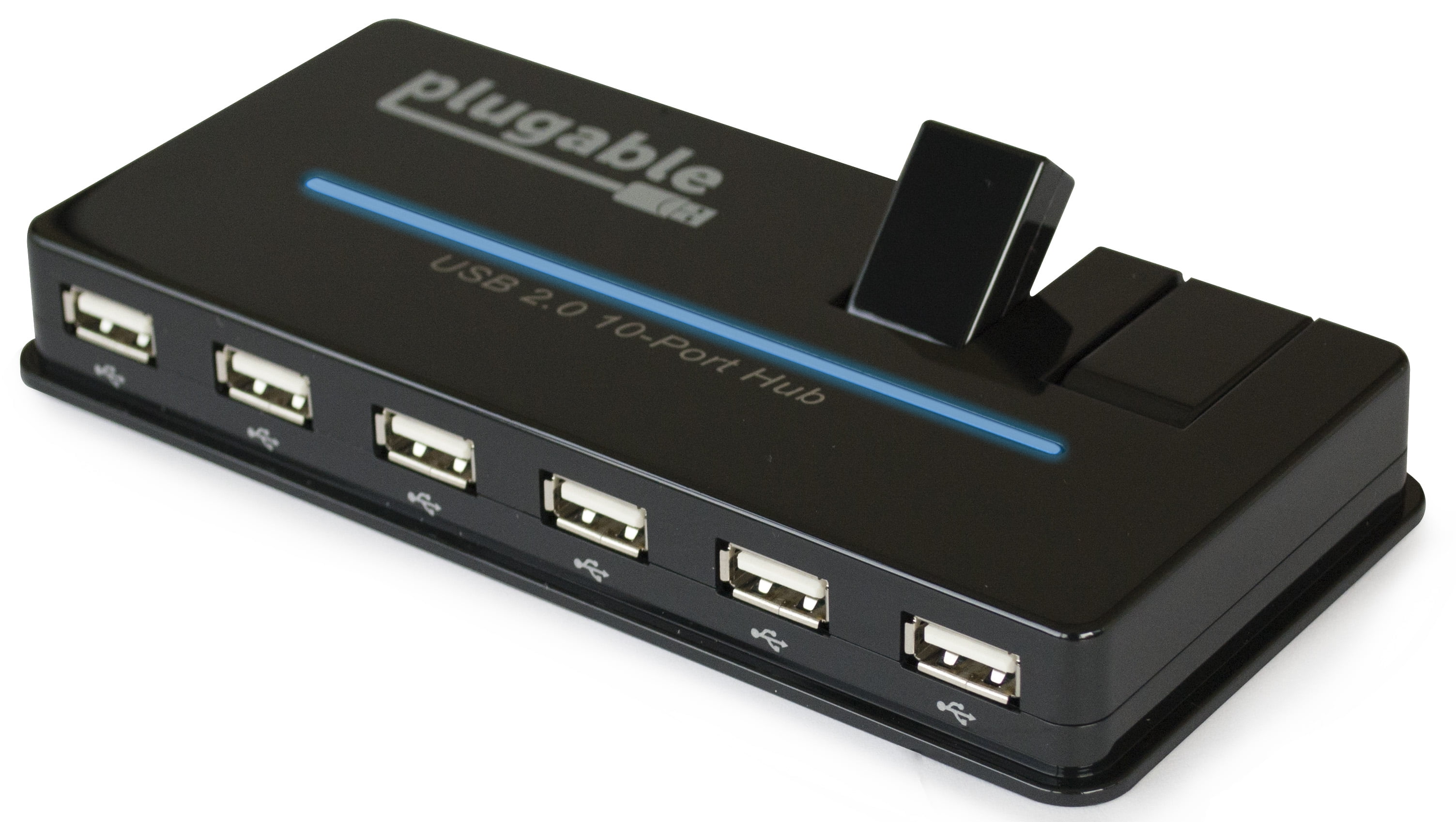Understanding Your HD Hub U: A Clear Look At High-Definition Technology
When we talk about "HD," it's easy to feel a bit swamped by all the different terms floating around. You hear about 720p, 1080p, 4K, UHD, and so many other things. It's almost like a secret language, and frankly, figuring out what each one truly means for your viewing or listening experience can be a bit of a puzzle. This article is here to help make sense of it all, giving you a clear picture of what high definition means for your home and your devices, so you can make choices that feel right for you.
We're going to explore what makes a picture "high definition," from the very first standards to the incredibly sharp images we see today. We'll look at how these standards affect everything from your television screen to the sound coming from your headphones, and even how your computer's graphics processor plays a part. It's about getting the most out of your digital displays and audio setups, and knowing what to look for when you're thinking about upgrades or just trying to understand what you already have, anyway.
Think of this as your friendly guide to the world of HD, helping you connect the dots between all the tech talk and what it actually means for you, the person using it. We'll touch on display standards, sound quality, and even a bit about how big companies like Home Depot, Inc. relate to this digital landscape. So, let's get into the details and clear up some of those common questions and ideas about digital displays, shall we?
Table of Contents
- What HD Truly Means: The Basics of High Definition
- Beyond the Basics: QHD, UHD, and 4K
- Your Display and Resolution Choices
- Graphics and Performance: Intel HD Graphics and RTX
- The World of High-Definition Audio
- Making Your Visuals Pop: HDR
- Connecting Your HD World: Home Depot and Beyond
- Frequently Asked Questions About HD
What HD Truly Means: The Basics of High Definition
High Definition, often just called "HD," stands for "High Definition Television," or HDTV for short. This term really means a television system with much higher picture quality than older, standard definition systems. When you see a high-definition film download, and it says "HD high-definition version," that means its origin is HDTV, coming from a high-definition television broadcast. This is actually quite important to remember.
HD Ready and Full HD
Back when high definition first became popular, there were a couple of main standards that showed up. For instance, 720p, sometimes called "HD Ready," was a common video format for things like DVDs. Then there were 1080i and 1080p, which people often called "Full HD." These were the ones most often used for high-definition broadcasts, especially since early HD televisions only just started to appear. So, you know, there was a clear progression.
The Meaning of HDTV
When someone says "HD," they are typically referring to HDTV. This is short for "High Definition Television," and it means television that shows pictures with much more detail and clarity. If you download a film online and it's labeled "HD高清版" (HD high-definition version), its source is usually HDTV, meaning it came from a high-definition television broadcast. It's pretty straightforward, really, when you get down to it.
Beyond the Basics: QHD, UHD, and 4K
As technology moved forward, new and even sharper display standards came along. You might hear terms like QHD, quadHD, UHD, and of course, 4K. These represent steps up in resolution, offering even more pixels on the screen, which makes for a noticeably clearer picture. Phew, there are a lot of acronyms, but they each mean something specific for your viewing pleasure.
Ultra HD Requirements
For a display or television to carry the "Ultra HD" label, there are specific conditions set by the CEA (Consumer Electronics Association). First off, the screen must have at least eight million effective pixels, which means a resolution of 3840×2160. This is a big jump from Full HD, and it means a lot more detail can be shown. This standard helps ensure that when you buy something labeled "Ultra HD," you're getting a truly high-resolution product, so that's a good thing.
Your Display and Resolution Choices
When you're looking at screens today, you'll mostly see options like 1080P and 2160P. These correspond to HD and 4K UHD, respectively. If you happen to be using a 4K television right now, picking 2160P for your content is usually the best way to go. However, it's worth keeping in mind that some older films, for example, might not be available in such high resolutions, so their picture quality might not be quite as sharp even on a 4K screen. You know, it just depends on the source.
Graphics and Performance: Intel HD Graphics and RTX
The quality of what you see on your screen isn't just about the display itself; it's also very much about the graphics processing unit, or GPU, inside your computer. This component is what actually creates the images that your screen shows you. Knowing a little about your graphics setup can help you understand what kind of performance you can expect, especially for things like games or high-resolution video, so that's pretty key.
Intel Integrated Graphics
Many computers, especially laptops and some desktop machines, come with what's called "Intel (R) HD Graphics." This simply means that the graphics processing is built right into the Intel chip itself. These integrated graphics are usually considered entry-level. They're good for everyday tasks and making sure your computer screen works, sometimes called "lighting up the machine." Their performance can vary a bit depending on the specific Intel chip. For instance, the "ultra series" of integrated graphics have seen some pretty big improvements lately, but they also use more power and run at higher speeds. If you're hoping for your integrated graphics to do some heavier lifting, like for gaming, you might want to consider a laptop with good cooling, like a Lenovo Xiaoxin Pro or a ThinkBook+, or even a Wuwei Pro. Basically, keeping things cool helps these chips work their best.
Modern Graphics Cards
For more demanding tasks, like playing the latest video games at high resolutions, dedicated graphics cards are usually the way to go. Take the recently released RTX 5050, for example. When looking at its performance across 25 popular games, at resolutions like 1080P, 2K, and 4K, the average results show what these cards can do. Data like this often comes from sources like TechPowerUp's desktop GPU hierarchy chart, which gives a good idea of how different cards stack up. These dedicated cards offer much more processing power for graphics, making for smoother and more detailed visuals, you know, for a better experience.
The World of High-Definition Audio
High definition isn't just about what you see; it's also about what you hear. Just like video, audio can also be high definition, meaning it carries more detail and sounds clearer. This is especially true with wireless audio, where different technologies work to preserve sound quality as it travels from your device to your headphones or speakers. It's a bit of a hidden world, but very important for a complete experience.
aptX HD Encoding
Many Bluetooth headphones that use Qualcomm solutions support something called aptX HD encoding. This technology improves sound quality quite a bit by nearly doubling the data rate, reaching up to 576kbps. The trade-off is that it might add a little bit of delay, but for many people, the improved sound is well worth it. It really makes a difference for music lovers, that's for sure.
LDAC Encoding
Sony's mid-to-high-end audio devices often feature LDAC encoding. This is another high-resolution audio codec that aims to deliver sound quality that's very close to what you'd get from a wired connection. It's designed to transmit a lot of audio data wirelessly, giving you a richer and more detailed listening experience. So, if you're serious about sound, this is something to look for, you know.
Audio Output Connections
Sometimes, getting your high-definition audio to your speakers or sound system means making sure your computer is set up correctly. For example, if you're connecting via HDMI, you might need to adjust your audio output settings. You can usually do this by right-clicking the "This PC" icon on your desktop, going to "Manage," then "Device Manager." From there, you can right-click "Audio inputs and outputs" and scan for hardware changes. After that, a new HDMI connection should appear under your audio devices. Then, if you click the speaker icon in the bottom right corner of your screen, you'll find the HDMI output listed as an option. This is how you make sure the sound goes where it needs to go, basically.
Making Your Visuals Pop: HDR
Beyond just resolution, there's another important technology that makes images look even better: HDR, which stands for High Dynamic Range. I'm pretty sure you've heard of this one, too. In simple terms, HDR enhances the details in both the very bright parts and the very dark parts of a screen's picture. It tries to make the image on your screen look much closer to what your eyes see in real life. This means brighter highlights, deeper shadows, and a more vibrant overall picture. It's a pretty neat trick, really, to make things look more natural and impactful.
Connecting Your HD World: Home Depot and Beyond
When you're thinking about setting up your home with high-definition equipment, whether it's a new television, sound system, or even the cables to connect it all, you might find yourself looking at various retailers. Companies like The Home Depot, Inc. are known for a wide range of products for the home, and while they might not be the first place you think of for cutting-edge electronics, they are a complete home solutions provider. You can view The Home Depot, Inc.'s investment and stock information if you're interested in the business side of things. It's interesting how various businesses touch upon the broader consumer electronics market, you know, even indirectly.
It's also worth noting that online interactions often involve advertising partners. These companies might set cookies through websites you visit. They use this information to build a profile of your interests, and then they can show you relevant advertisements on other websites you visit. This is how many online services work, trying to connect you with products or information that might be useful to you, like your next HD display or audio device, in a way. Learn more about high-definition technology on our site, and link to this page for more tech guides.
Frequently Asked Questions About HD
Here are some common questions people often ask about high-definition technology, helping to clear up any lingering confusion you might have.
What is the main difference between 720p and 1080p?
Basically, 720p, often called "HD Ready," has a resolution of 1280x720 pixels. 1080p, or "Full HD," has a higher resolution of 1920x1080 pixels. This means 1080p shows a noticeably sharper and more detailed picture because it has more pixels on the screen. It's like having more tiny dots to make up the image, which makes it look smoother and clearer, you know?
Do I need a special cable for high-definition video and audio?
For high-definition video and audio, an HDMI cable is usually the standard. HDMI cables can carry both high-quality video and multi-channel audio through a single connection. This makes setting up your devices much simpler and helps ensure you get the best picture and sound quality from your high-definition sources. It's pretty convenient, actually.
Is 4K the same as Ultra HD?
Yes, in the consumer world, 4K and Ultra HD (UHD) are generally used to mean the same thing. Both refer to a resolution of 3840x2160 pixels. While there's a slightly different technical definition for "true" cinema 4K (4096x2160), for televisions and most home entertainment, when you see "4K" or "UHD," they're talking about that 3840x2160 resolution. So, more or less, you can use them interchangeably.
This guide has addressed some of the most common questions and ideas regarding digital display and audio. We hope it helps you better understand the world of high definition.

Discover The Best Of Entertainment With HD Hub 4 U .com

HD Hub 4 U Movie: Your Ultimate Guide To Streaming Movies Online

HD Hub 4 U: Your Ultimate Guide To Streaming And Downloading High